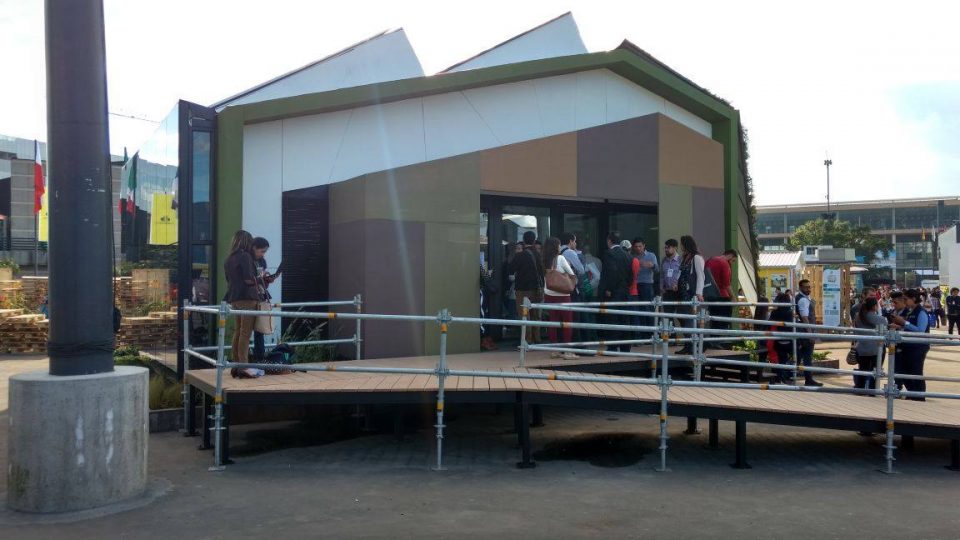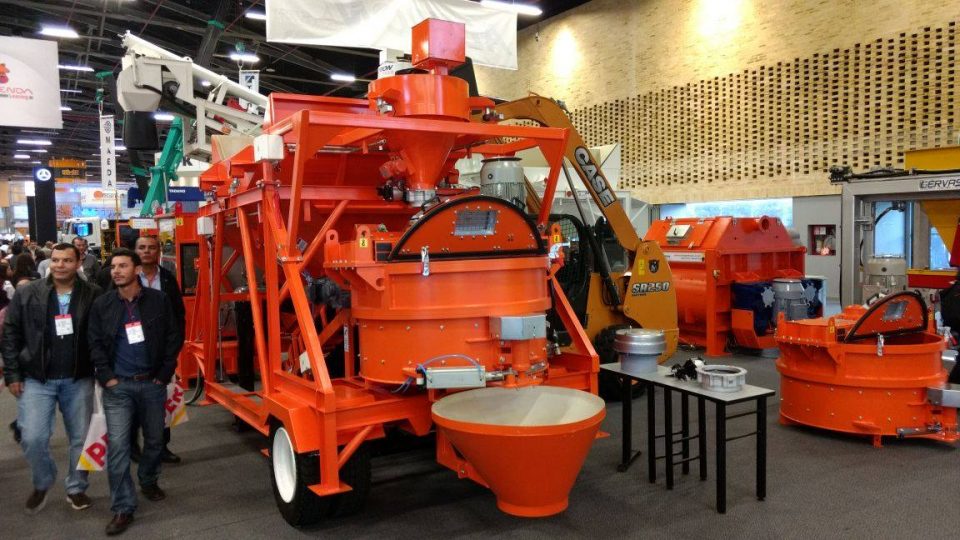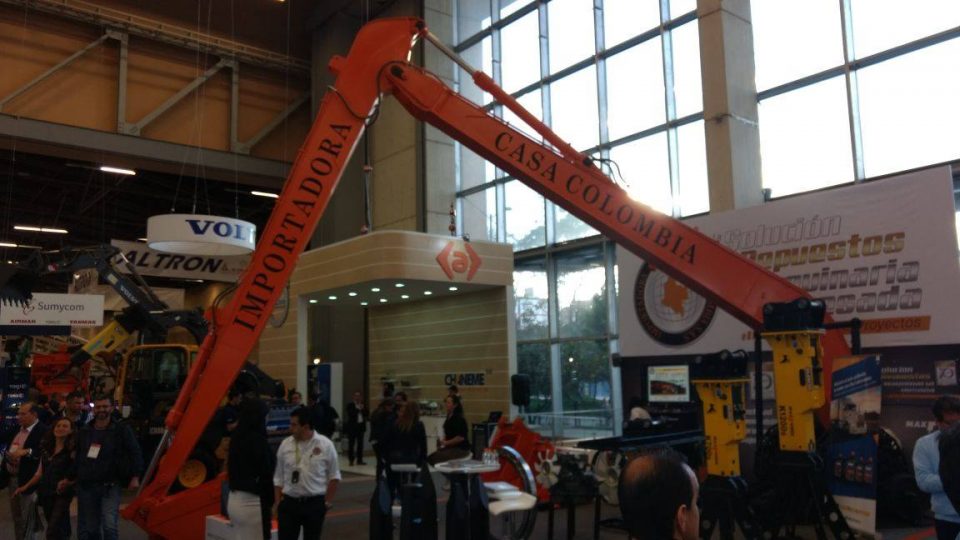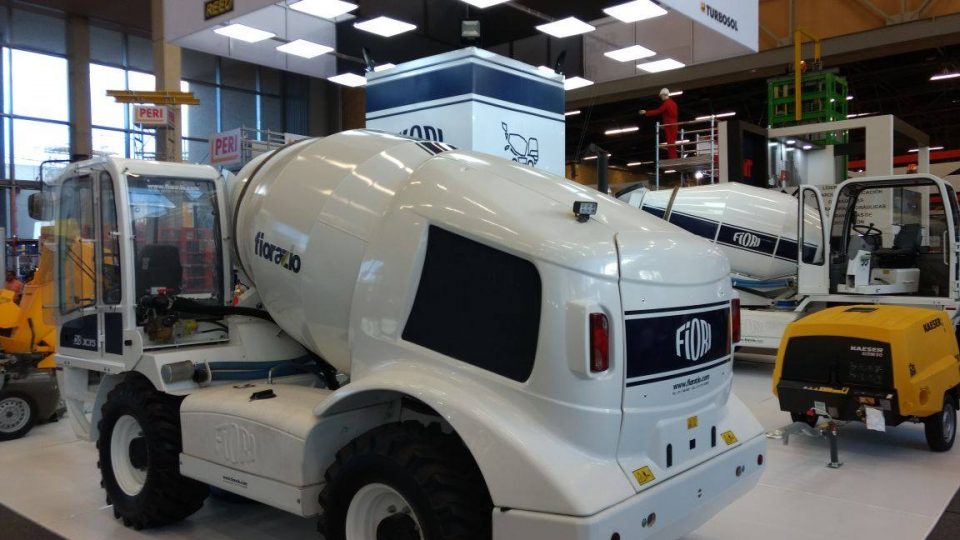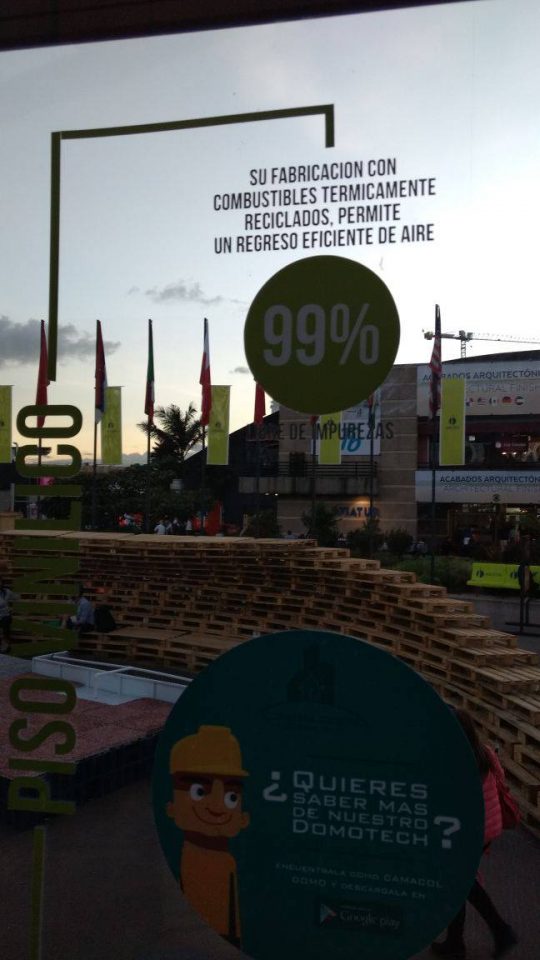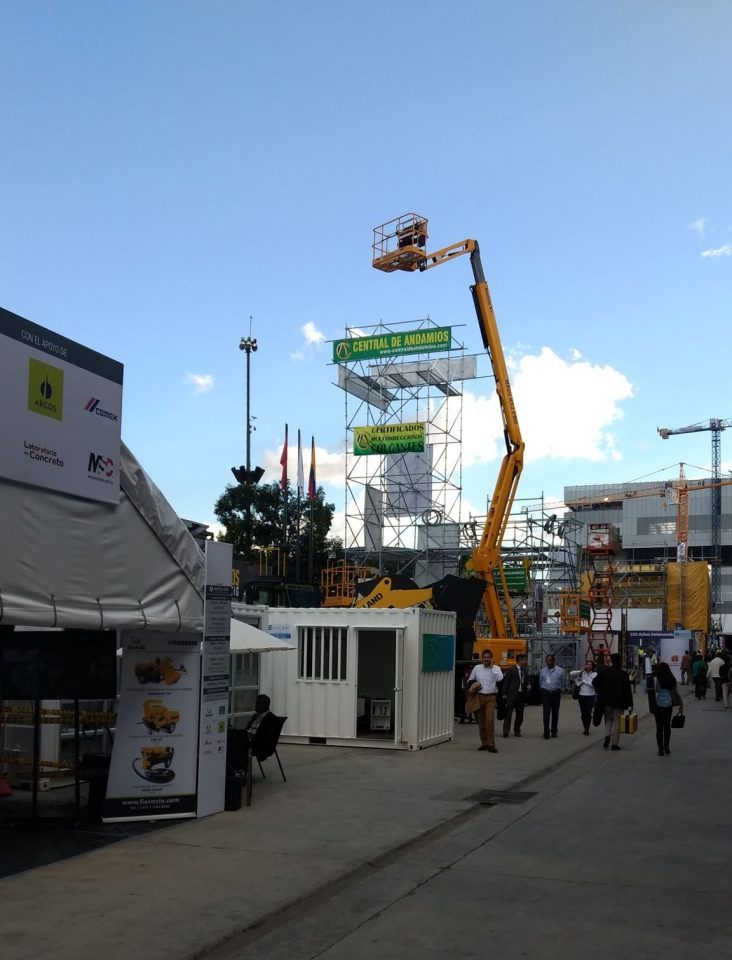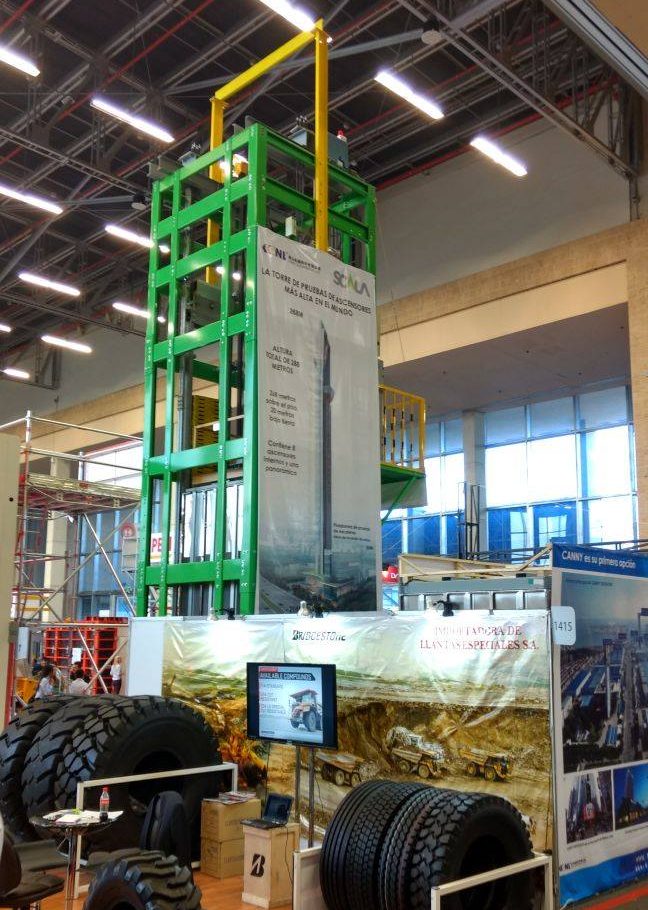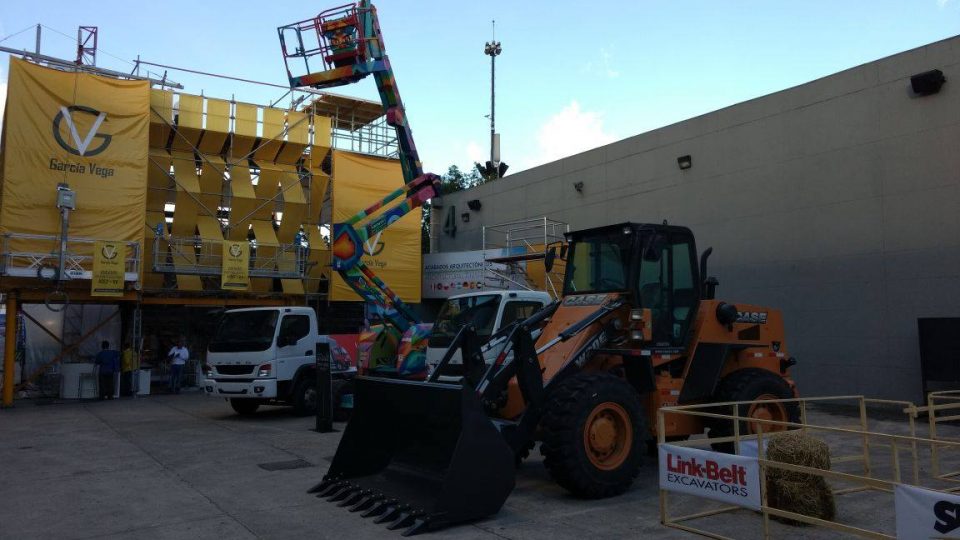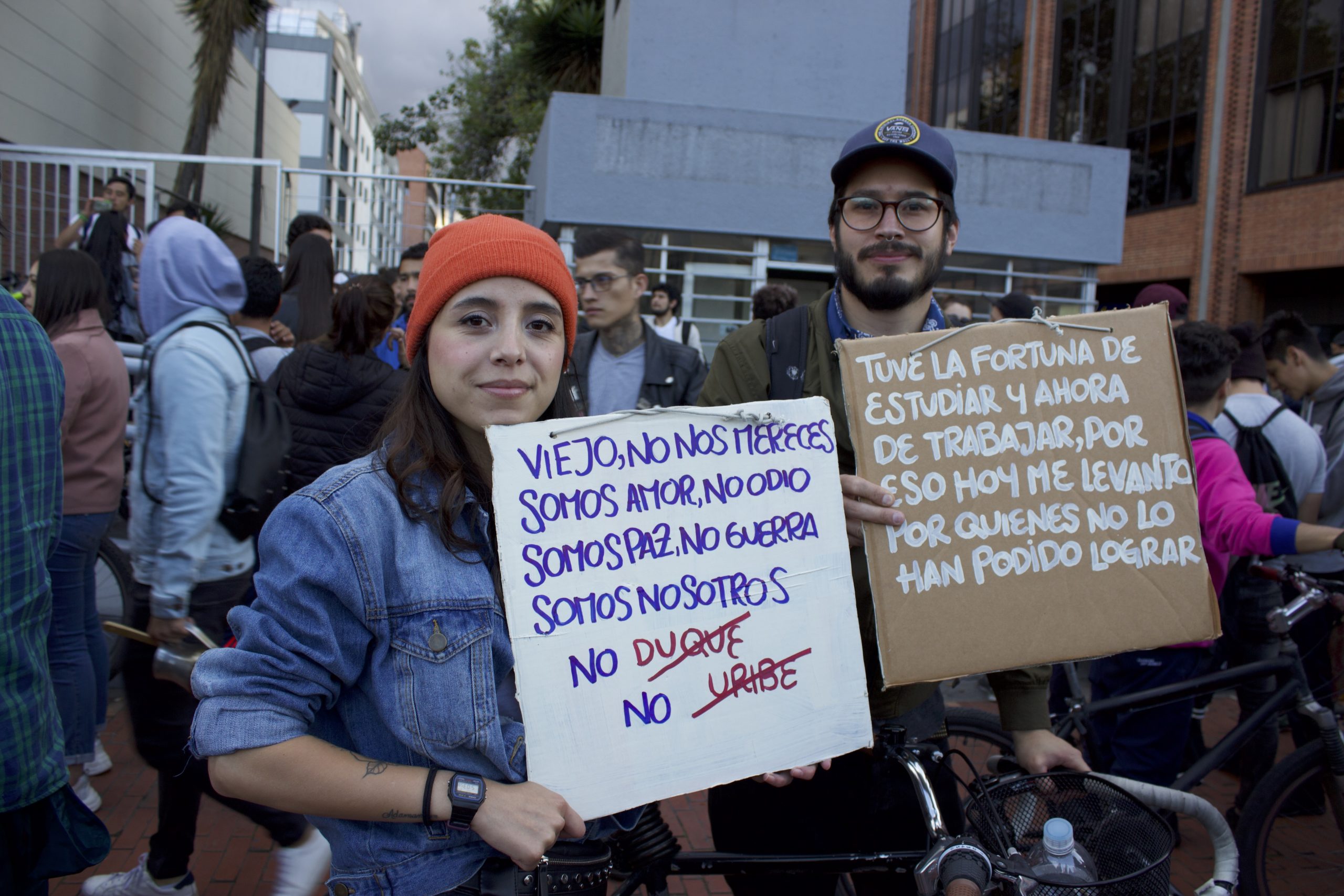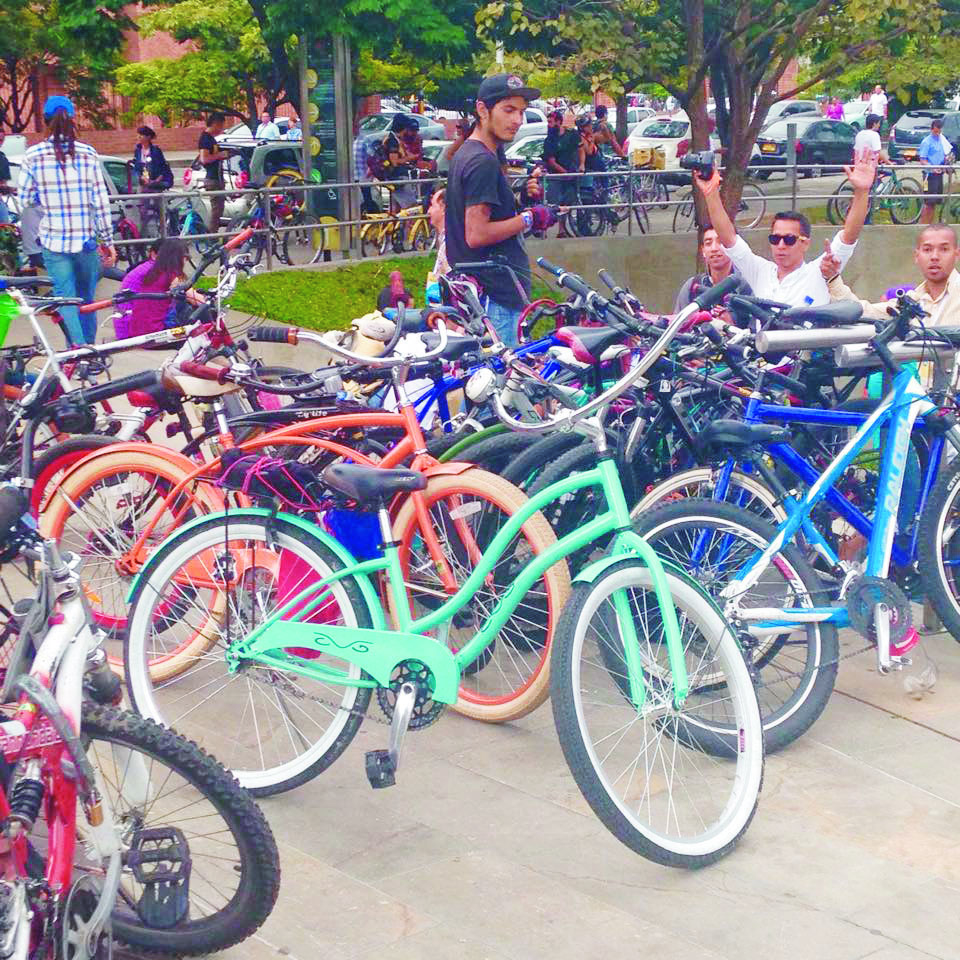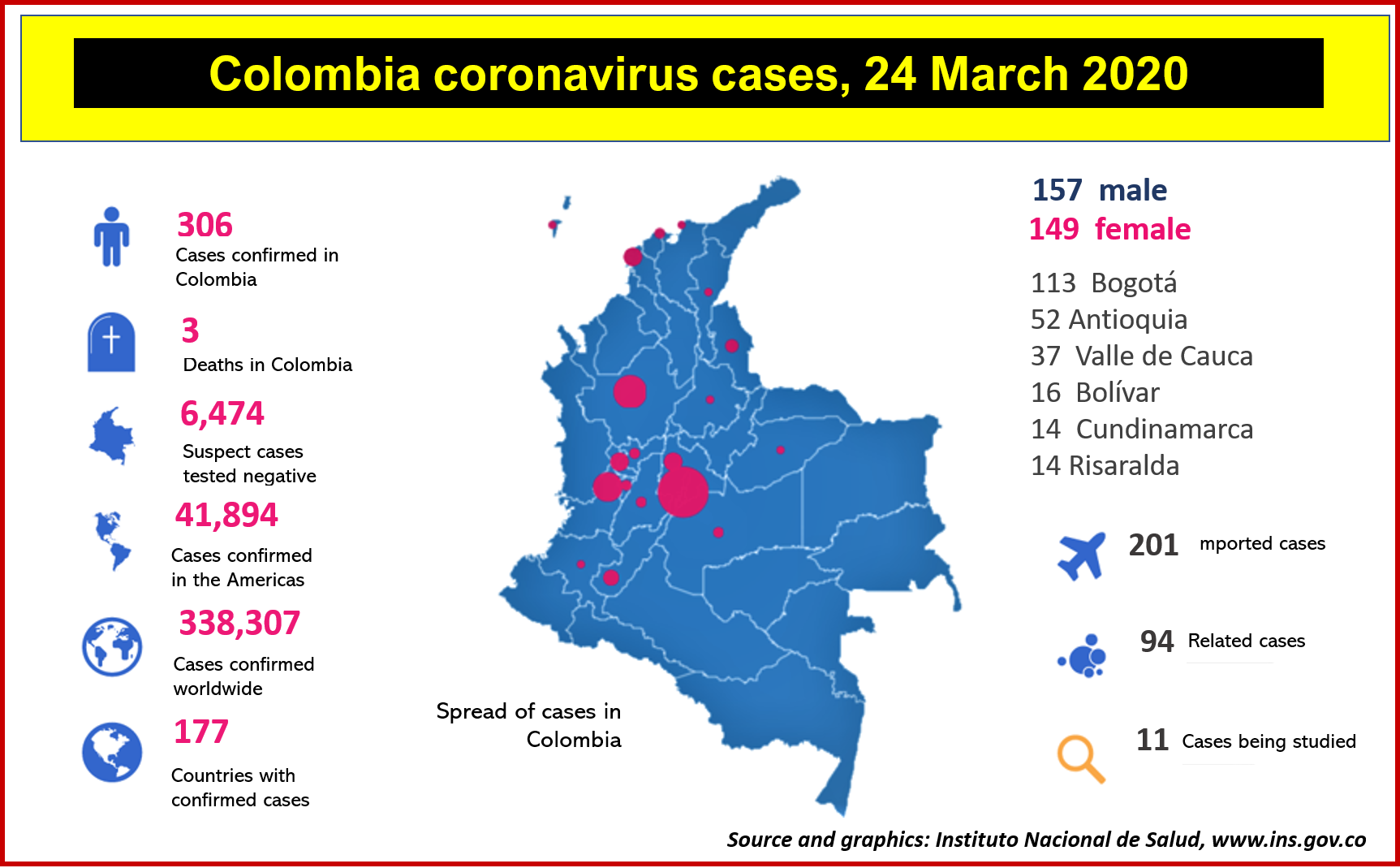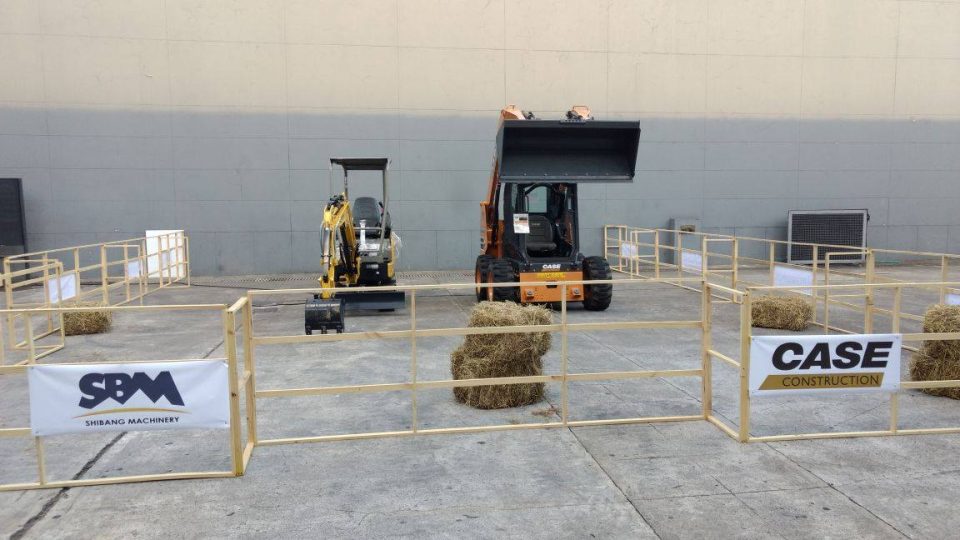
ExpoConstrucción featured a bewildering array of bricks, concrete and steel for all types of private construction.
Sustainability was the buzzword at this year’s ExpoConstrucción, as Oliver Pritchard found out at the Corferias construction show.
One of the few things almost all Colombians agree on is that the country is crying out for more infrastructure. On a national scale, this is seen in cases such as the Panamerican Highway, much bigger on the Ecuadorean side of the border than in Nariño. Closer to home, the implementation of the TransMilenio’s third stage or the enormous delays over both the Metro and the Calle 94 junction are visible signs of the problems which have existed with large projects. Beleaguered mayor Enrique Peñalosa took advantage of the annual ExpoConstrucción to announce an investment of USD$10 billion over the next five years.
However, construction is about far more than simply the public sector. ExpoConstrucción featured a bewildering array of bricks, concrete and steel for all types of private construction. Some of Colombia’s finest wood and marble was on display alongside a whole host of (mainly imported) heavy machinery. It was truly Bob the Builder’s paradise on earth.
The buzzword in all types of construction right now is sustainability. It’s a concept that covers a lot of ground, but is perhaps most pertinent to the matter of ecology. The necessity of keeping development sustainable with the demands of nature has been highlighted with two recent tragedies in Colombia, as well as the often unchecked expansion of Bogotá herself. We had the good fortune to speak to Martha Cecilia Moreno of Camacol.
“It’s about the importance of design,” she explains, “that permits us to, for example, save water or energy.” She rejected the idea that there were certain problems specific to Colombia, pointing out that these things affected all places in the world. Talking about Bogotá, she claimed “we need to protect the environment, because it carries us on its back. We all want a home that looks out over the hills, the forests, the river, but we can’t have that if we build in those places. Also, they act as lungs, which allow the city to breathe.”
Away from environmental concerns, Moreno talked about a project to the south of Bogotá – Ciudad Verde in Soacha. Designed for “the poorest communities in the region”, it provides energy-efficient housing for thousands of families, not just the richest and most influential. Similar projects exist in Bosa, Mosquera and Madrid, Cundinamarca. As she says, “it’s not just about my house, it’s about all of our houses – the importance of others.”
We were invited afterwards into an eco-house. Constructed in just a day and with zero environmental impact when deconstructed at the end of ExpoConstrucción, the eco-dome provided clear actual examples of how sustainable design can be incorporated into regular houses. The whole frame of the building was made of lightweight steel and an innovative design meant that it could literally be taken apart like an IKEA house and moved, if necessary. More importantly, explained the guide, this was an example of “integrated reusability” which meant that, once built, the house was still usable for other projects.
We then proceeded into a specially designed cool room. Rather than energy being wasted with air conditioning, this channels cool air from underneath the house up through vents in the floor. The glass encasing the room blocks sound as well as heat loss, so it’s like a cool isolation chamber. Not so useful in Bogotá maybe, but in tierra caliente it should be very useful indeed. We were then shown a magic wall. The trick to this was the manner in which the brick was made. These bricks absorb heat from the sun, then slowly release it at night, enabling the house to maintain a standard temperature without the need for heating systems. Water is also recycled for the appliances, meaning that water wastage is kept to a bare minimum as well (while it’s not major problem in Bogotá right now, in a country badly hit by drought last year, it could be invaluable in other parts of the country.)

